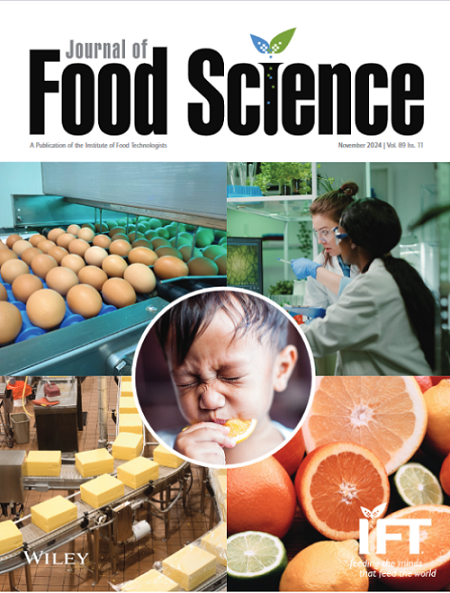Ethanolic cashew leaf extract (ECLE) is rich in phenolic compounds with diverse bioactivities and can serve as a safe natural preservative. This study evaluated the antifungal activity and application of ECLE for shelf-life extension of dried salted tilapia fillets. Several extraction methods, antifungal activity, and application of ECLE in dried salted tilapia fillets were investigated. Ultrasonication followed by the Soxhlet extraction resulted in the highest yield (26.78%), total phenolic content (TPC), and total flavonoid content (TFC) (p < 0.05). Conversely, the Soxhlet extraction method rendered lower yield (14.35%), TPC, and TFC (p < 0.05). NaCl at high concentrations decreased both TPC and TFC in all ECLE samples, demonstrating the decomposition of those compounds induced by NaCl. ECLE obtained via the Soxhlet extraction method exhibited lower minimum inhibitory concentration (MIC) and minimum fungicidal concentration values than those prepared using other extraction methods. Thus, the former showed higher efficacy in inhibiting fungal growth and reducing mycelium growth than others (p < 0.05), despite being less effective than potassium sorbate. At 4MIC, ECLE inhibited mycelium growth (56.83%–78.66%) and spore germination (87.5%–100%) after 72 h and 10–16 h of treatment, respectively. ECLE (4MIC) could inhibit the toxin production of fungi. For the challenge test, in which ECLE at 400 and 600 mg/kg was added to dried salted tilapia fillet inoculated with Aspergillus flavus, fungal growth was retarded over 9 days of storage at 25 ± 2°C (room temperature). Thus, ECEL could act as a natural food preservative to prevent fungal contamination. Toxin from fungi could be avoided, and the quality of dried salted fish was maintained.
Cashew leaf extract rich in polyphenols can inhibit fungal proliferation, reduce mycelium expansion, prevent spore germination, and limit aflatoxin production. The extract can enhance the safety of dried salted fish, especially when contaminated with Aspergillus flavus in the humid atmosphere (80% relative humidity), particularly for small and medium enterprises. Nevertheless, this extract can also be applied in the fish processing industry, in which the synthetic antifungal agent could be replaced by the natural additive.


